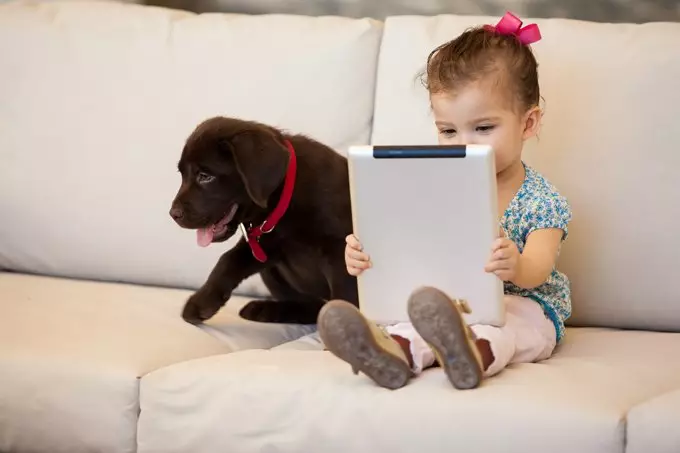Welcoming a puppy into your home is an exciting event, filled with joy and companionship. However, this new chapter also requires careful planning and consideration. To ensure a smooth transition for both you and your puppy, it is crucial to “puppy-proof” your house before the little one arrives. This article explores effective strategies to prepare your home and create a safe, nurturing environment for your puppy.
Before the puppy steps foot into your living space, it’s important to identify a designated area where they can feel safe and secure. Typically, rooms with easy-to-clean floors, such as the kitchen, laundry room, or bathroom, are ideal. These spaces help prevent messy accidents while providing an enclosed area for your puppy to explore and adapt. Setting up a small, cozy corner with a soft bed and a few toys will help your puppy feel comfortable in their new surroundings.
An essential measure is to confine the puppy to this area initially. Allowing free reign of the house can lead to unwanted behaviors, such as chewing on furniture or house soiling. By limiting access, you can monitor your puppy and ensure they are engaging in positive behaviors.
Once a safe space is established, it’s time to assess the environment from a puppy’s perspective. Get down on the floor and observe your surroundings. Look for potential hazards such as electrical cords, houseplants that are toxic to dogs, and small items that could be choking hazards. If there are items you cannot remove, take precautionary steps such as covering cords with protective tubing or using baby gates to restrict access to certain areas.
Moreover, it’s crucial to ensure that cleaning supplies and hazardous materials are secured away from the puppy’s reach. A proactive approach in removing dangerous items or blocking access ensures you are laying the groundwork for effective training and creating a safe living space.
Training begins from the moment your puppy arrives, and creating a structured daily routine is vital. Puppies thrive on consistency, so introducing a schedule for feeding, bathroom breaks, and play can establish positive habits early on. Incorporating short training sessions into your daily routine will help reinforce commands and strengthen your bond.
Additionally, while a crate can be a beneficial tool for short-term confinement, it should also be viewed as a safe haven for your puppy. Encourage them to view their crate as a cozy retreat by placing their toys and a favorite blanket inside, which will help ease any anxiety they may experience in their new environment.
Finally, remember that your actions and environment will shape your puppy’s future behavior. Rather than reactively correcting undesired behaviors, take initiative to mitigate potential problems before they arise. By setting up your home thoughtfully and establishing a consistent routine, you will not only keep your puppy safe but also promote positive behaviors that will last a lifetime.
Preparing your home for a new puppy involves more than just providing food and shelter; it entails creating a safe, stimulating environment that fosters healthy habits. Through proactive measures and thoughtful organization, you can ensure that the introduction of your furry friend is a joyful experience for both you and your new puppy.

